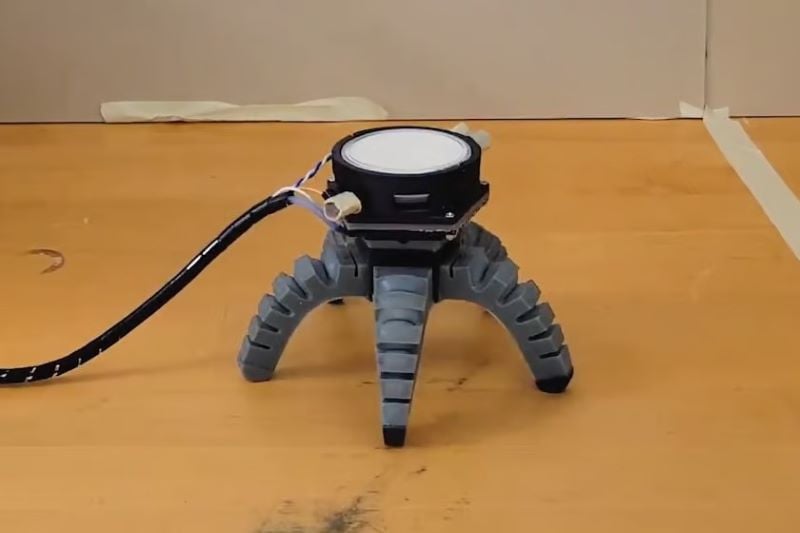
Scientists at Cornell University have developed a “biohybrid” robot that moves in response to signals from the nervous system of fungi.
These robots incorporate mycelium, the root system of fungi, which senses and communicates through electrical signals. Researchers grew mycelium directly into the robot's electronics, allowing it to drive the machine by processing these natural signals.
The team built two versions: one with wheels and another spider-shaped with soft legs. Both versions respond to light and other stimuli, with the mycelium sending signals to the robot's actuators to initiate movement.
Experiments demonstrated the robots' ability to move based on natural mycelium signals, react to ultraviolet light, and even allow manual override. Future developments may include multiple inputs like chemical signatures, enhancing the robot's ability to autonomously interact with its environment.
“This paper is the first of many that will use the fungal kingdom to provide environmental sensing and command signals to robots,” said Rob Shepherd, the study's senior author. “The potential for future robots could be to sense soil chemistry in row crops and decide when to add more fertilizer, for example.”
The research was published in the journal Science Robotics.

















1725096749-0/Untitled-design-(1)1725096749-0-270x192.webp)









COMMENTS
Comments are moderated and generally will be posted if they are on-topic and not abusive.
For more information, please see our Comments FAQ